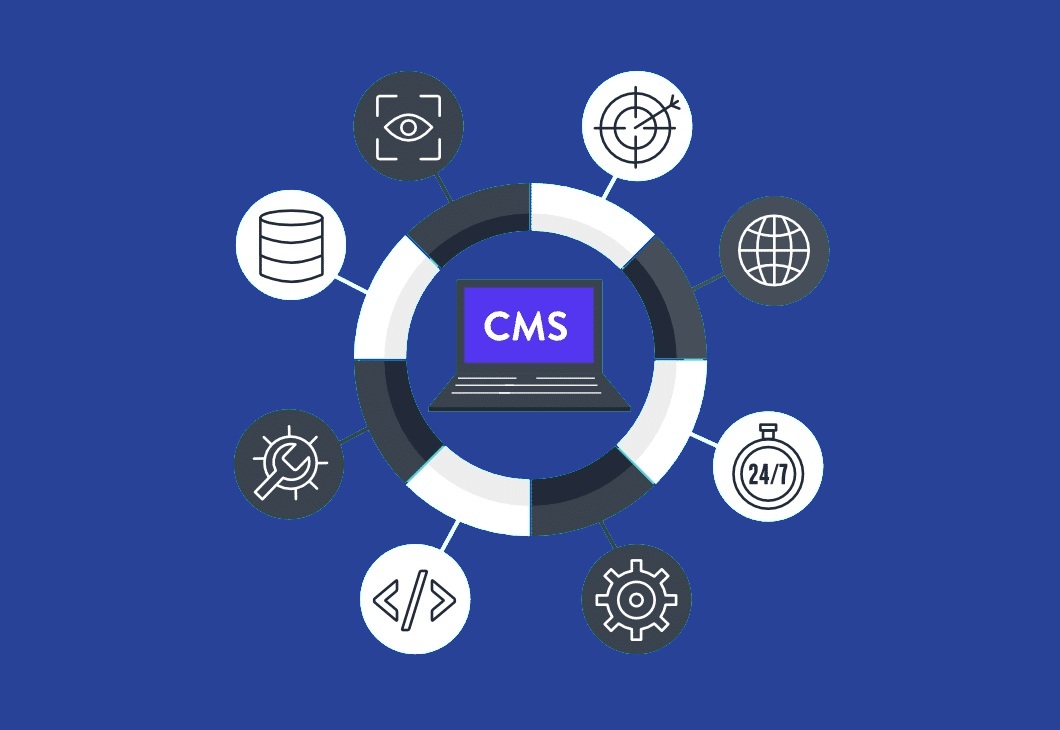CLM & Knowledge Base Repository
CLM CAPABILITIES EXTENDED TO DIFFERENT TYPES OF AUTOMATION USE CASES
Over the last several years, Contract Lifecycle Management (CLM) initiatives have been the focus for many legal departments. Success with CLM implementations has been limited. Cost overruns and significant project delays have been prevalent and many of the features offered from the platform vendors remain unused.
What many are finding is that CLM platforms should be leveraged for a limited number of use cases to avoid continuing challenges.
Document assembly and review processes are involved in department workstreams. Simplified user experiences and tailored workflow applications, improve client satisfaction and automation initiative adoption.


What does this mean for the Legal Ops Team?
Ticketing systems lack effective (patented) document assembly functionality, leading to higher implementation costs.
New enhancements to or integrations with traditional service platform ticketing systems equates to full cycle professional service engagements. Integrating these platforms with existing CLM solutions is time consuming and costly.
Having an in-built CLM module with templates and clauses, enables rapid composition and deployment of automated work processes.
This can be accomplished in hours or days, instead of months or years.
MyLegal Knowledge Repository Explained
By virtue of having an in-built content repository, MyLegal is more capable of supporting not only documents generated as part of a work process but what is needed to support LiSA, our Gen Al Legal Service Assistant.
As more content is added to the knowledge repository, either by work process or content migration, it becomes more “intelligent”. It supports bulk upload through native import features and spreadsheet. The utilities allow for files to be tagged and permission levels are attributed to each document. OCR capabilities are leveraged for defined content elements and administrators can adjust as needed.
These processes automatically train the large language model (LLM), which in turn, delivers more information that is able to be disseminated through LiSA.
Building the LLM corpus, whether is its general information contain in other content locations or within the repository, is simplified through unique utilities that are included with the LiSA module. The content from the repository is not only document metadata but can be content within the document itself.
Unlike other data and content repositories that must follow the IT departments global permission standards, MyLegal’s repository is controlled by the legal department.


Document and Content Management
The content within the knowledge management repository is able to be tracked through its lifecycle. Audit information is attributed to each piece of content as it is being loaded, used, modified, and decommissioned.
APis can be leveraged to link, pass, or retrieve content from existing (other) content repositories, should the need arise.

